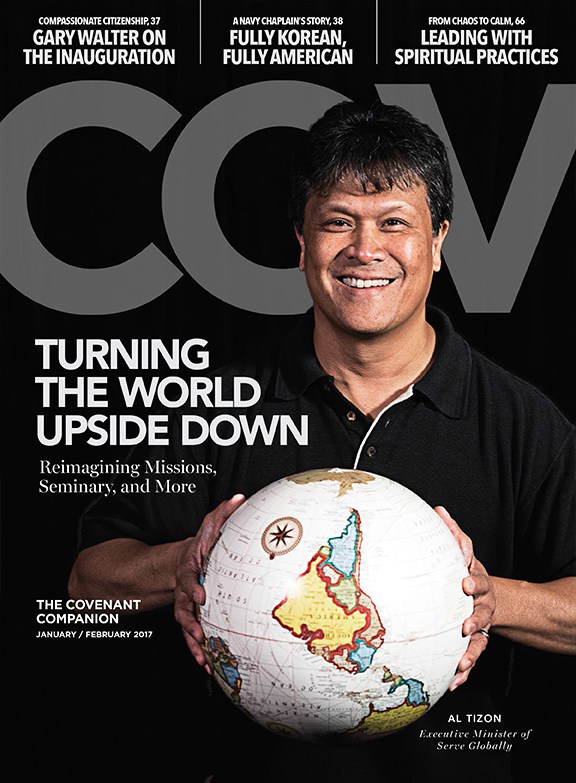CHICAGO, IL (February 28, 2014) — This month’s issue of the Covenant Companion looks at the growing trend of churches forming nonprofit organizations. This week, we are publishing stories online that look at other possible opportunities to consider when discerning how to engage in community ministry. Today, we are sharing two edited blog posts by Daniel Hill, the pastor of River City Community Covenant Church in Chicago. In this post, he shares the four conceptual principles that are guiding River City as they prepare to move into their first building after 10 years of ministry. Click here to read Daniel Hill’s other post.
One of the questions we receive most frequently is in regard to how our new space will be used for the neighborhood development side of our ministry. Whenever we are asked about this, we give a two-part answer.
First, we emphasize that we are not in a rush to answer that question. We understand the desire and need for a clear plan, but it would be a fool’s errand for us to go too far down that road at this juncture. The whole point of neighborhood development is to build a table of fellowship where voices from across the spectrum unite around the pursuit of justice and shalom.
It is imperative that the programming not come from us to the neighborhood residents. It must be a joint effort (one of my favorite activities is taking parents from our neighborhood school on tours of the unfinished space—they are overflowing with ideas for how this space can become a meaningful force for good in the life of the neighborhood).
Secondly, we reply that we do have four conceptual and philosophical guides.
1. Engage children and parents within a defined geographic area to meet several goals: spiritual, physical, emotional and mental health for every child, enrollment in and graduation from college by every child, and good jobs for parents so that families are economically self-sufficient.
By concentrating our efforts on a defined geographic area, we can develop an integrated solution to interconnected, poverty-based challenges.
2. Develop a long-term relationship with an anchor grammar school in the defined geographic area.
Research shows that if a child is not reading at a grade level by 3rd grade, that child is not likely to ever catch up. Therefore a mutual partnership with an anchor grammar school becomes critical.
One of the important elements to our neighborhood development strategy is our relationship with Cameron Elementary School. It is 45 percent African American and the rest are Latino.
Nearly all families face intense poverty. Ninety-nine percent of the students are on free or reduced lunch vouchers. The school has enthusiastically entered into a long-term partnership with River City. The RC Community Center is less than 500 feet from Cameron, opening the door to an exciting plethora of collaborative strategies in the future.
3. Develop a multicultural “web of support” that nurtures and develops children from cradle to college.
One of the most important lessons we have learned about addressing the roots of generational poverty is that it can’t be piecemealed. While it is tempting to program for just one set of needs or age groups, the set of challenges still remain larger and more complex than that particular program or age.
Instead, we must be prepared to nurture a child through a web of support that develops them from pre-birth all the way to successful entry to adulthood (what we refer to as cradle-to-college).
4. Surround this web of support with additional programs that support families and the larger community.
While the web of support will be central to River City’s vision, it will require a broad coalition of invested stakeholders that extends into and far beyond our church community.
River City has been building collaborative relationships with both individuals and organizations within the neighborhood for years now, and has a broad and diverse set of partners. Together we will work to develop children in a sustained way, starting as early in their lives as possible. Together we will work to create a critical mass of adults around them who understand what it takes to help children succeed.
Categories:
News
This sounds like a great program to help children and families in the community but where is Jesus in this program? I did not read anything about helping these children and families come to know Jesus. Hopefully that will be an important part of the program as well.